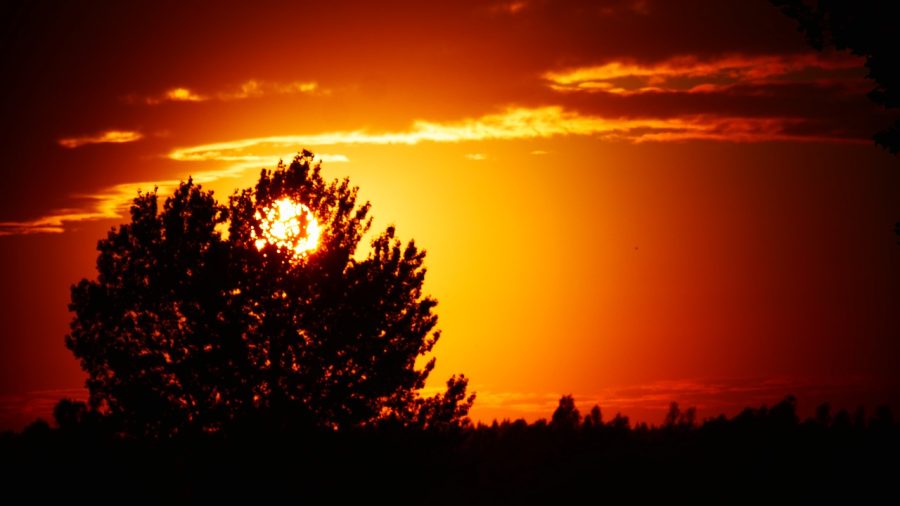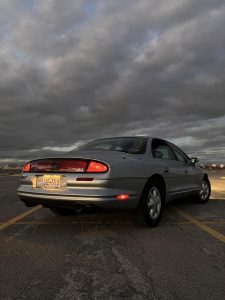Daylight Saving: More Than a Couple Hours.
March 24, 2022
Recently, the Senate approved a bill to make daylight saving time permanent starting in 2023. This could probably take jet lag to a new level. Originally, daylight saving was used to advocate brighter afternoons and more economic activity. One of the bill’s sponsors, Senator Marco Rubio, stated that supporters agreed that the change would not take place until November of 2023, after input from airlines and broadcasters. According to supporters of the bill, the change would then also help enable children/youth to play outdoors later in the day and reduce seasonal depression. It may not be among the most important issues in America, but it’s the kind of issue wherein there’s a lot of agreement. Says Marco Rubio, “If we can get this passed, we don’t have to do this stupidity anymore. Pardon the pun, but this is an idea whose time has come.”
Pallone is behind the ending of the clock-switching, but has not decided wether he is going to support daylight or standard time as the permanent choice. Also at the hearing was Beth Malow, director of the Vanderbilt Sleep Division. She argued that daylight saving time makes it much more of a hassle to be alert in the morning, stating “it’s like living in the wrong time zone for almost eight months out of the year.” A 2019 poll was cited by Pallone that showed 71% of Americans preferring to no longer switch their clocks twice a year.
This change could prevent a slight spike in car accidents that usually occur around the time changes and which lead to studies showing a minor increase in the rate of heart attacks/issues and strokes after the time change. Supporters argue that the bill could help businesses such as golf courses that could draw more use with more evening daylight. The lead sponsor of the bill, Senator Ed Markey, said, “it has real repercussions on our economy and our daily lives,” though daylight saving time has been in place in nearly all of the United States since the 1960’s after first being tried in 1918. Year-round daylight savings was used during WWII and adopted again in 1973 in hopes to reduce energy use because of a problem posed by oil. Hawaii and Arizona, which don’t practice daylight saving, would be allowed to stay on standard time as well as American Samoa, Guam, the Northern Mariana Islands, Puerto Rico, and the U.S. Virgin Islands.
Sources:
https://www.reuters.com/world/us/us-senate-approves-bill-that-would-make-daylight-savings-time-permanent-2023-2022-03-15/










